Rumors from multiple reliable sources suggest that Apple is working on a MacBook that has a foldable screen, and it could in fact be Apple's first foldable device, coming before a foldable iPhone. We've rounded up six key features that we've heard about the device so far.
 Concept by Astropad
Concept by AstropadDesign
The all-display design of the foldable MacBook would be distinct from the current MacBook, which has a display and keyboard. It would feature a single large screen that's able to be folded in half.
When unfolded, the MacBook could be used as a monitor when paired with a keyboard and a trackpad or mouse, and when folded, it could serve as a notebook machine. Presumably this kind of design would not have a separate keyboard, instead using an on-screen keyboard with digital keys and haptic feedback for a key-like feel.
Size
Display research analyst Ross Young claims the foldable MacBook will have an 18.8-inch display, with Apple aiming to make the screen "as crease-free as possible" when it is unfolded. Apple analyst Ming-Chi Kuo has also suggested Apple is planning for a screen around 19 inches.
Display Technology
Apple has been rumored to be working with LG Display to develop a foldable OLED panel, and LG has been developing foldable ultra-thin cover glass for the last several years.
Apple has also tested electronic paper display (EPD) technology that it could use in future foldable devices. EPD could potentially be used in the outer-most display in a foldable device, if Apple goes with some kind of dual display design with an outside and inside screen.
EPD is a form of e-ink technology, which is known for being much more viewable than LED or OLED screens in bright light.
At an 18.8-inch size, the foldable notebook would likely have a 5K or higher resolution.
M-Series Chip
Mass production on foldable display panels for a future MacBook could begin in the fourth quarter of 2025 for a launch in late 2025 or early 2026. That would be timed with the future M5 chip, a successor to the 2024 M4.
We don't know what to expect from the M5, but it is likely to be manufactured on a next-generation 3-nanometer node or even a 2-nanometer node. TSMC is working on 2nm chips, and they're supposed to be ready somewhere around the second half of 2025.
3nm and 2nm reference the architecture that TSMC is using for its chips, and a decrease in node size corresponds to a decrease in transistor size, allowing more transistors to fit on a processor. This often results in faster performance and better energy efficiency. Right now, Apple's M4 chips are built on a 3-nanometer mode, much like the M3 chips.
Price
Apple will need to use high-cost components for the foldable MacBook, and Kuo believes it could be almost as expensive as the $3,500 Vision Pro headset when it launches. The 16-inch MacBook Pro currently starts at $2,500, so presumably the larger foldable model would be more expensive than that.
Release Date
If rumors are accurate and Apple is planning to have LG Display begin mass production on a foldable MacBook in the fourth quarter of 2025, the device could launch in 2025 or 2026. Kuo estimates that Apple will ship more than one million units in 2026.
Apple analyst Ross Young believes that a foldable MacBook could come as soon as 2025, the same timeline suggested by analyst Jeff Pu.
Rumors about a foldable MacBook have been all over the place, however, and just two months prior to suggesting a Q4 2025 mass production schedule, Kuo said a foldable MacBook wouldn't come until 2027. It's best not to read too much into launch date rumors at this point, because Apple's plans could change.


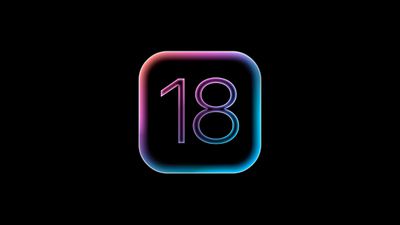




 Note: MacRumors is an affiliate partner with some of these vendors. When you click a link and make a purchase, we may receive a small payment, which helps us keep the site running.
Note: MacRumors is an affiliate partner with some of these vendors. When you click a link and make a purchase, we may receive a small payment, which helps us keep the site running.




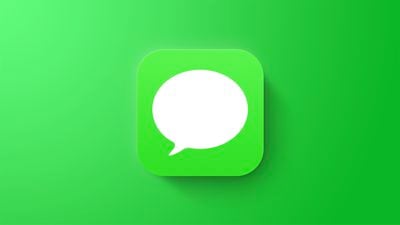
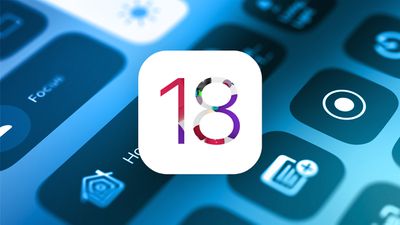
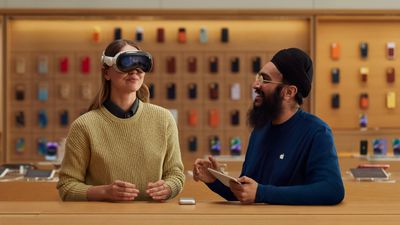
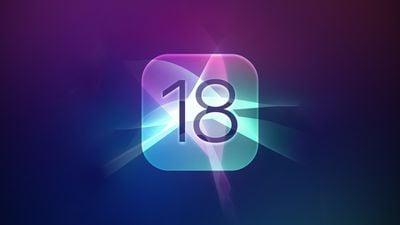

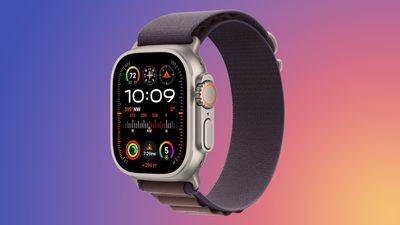 Note: MacRumors is an affiliate partner with Amazon. When you click a link and make a purchase, we may receive a small payment, which helps us keep the site running.
Note: MacRumors is an affiliate partner with Amazon. When you click a link and make a purchase, we may receive a small payment, which helps us keep the site running.

 Note: MacRumors is an affiliate partner with Sonos. When you click a link and make a purchase, we may receive a small payment, which helps us keep the site running.
Note: MacRumors is an affiliate partner with Sonos. When you click a link and make a purchase, we may receive a small payment, which helps us keep the site running.















